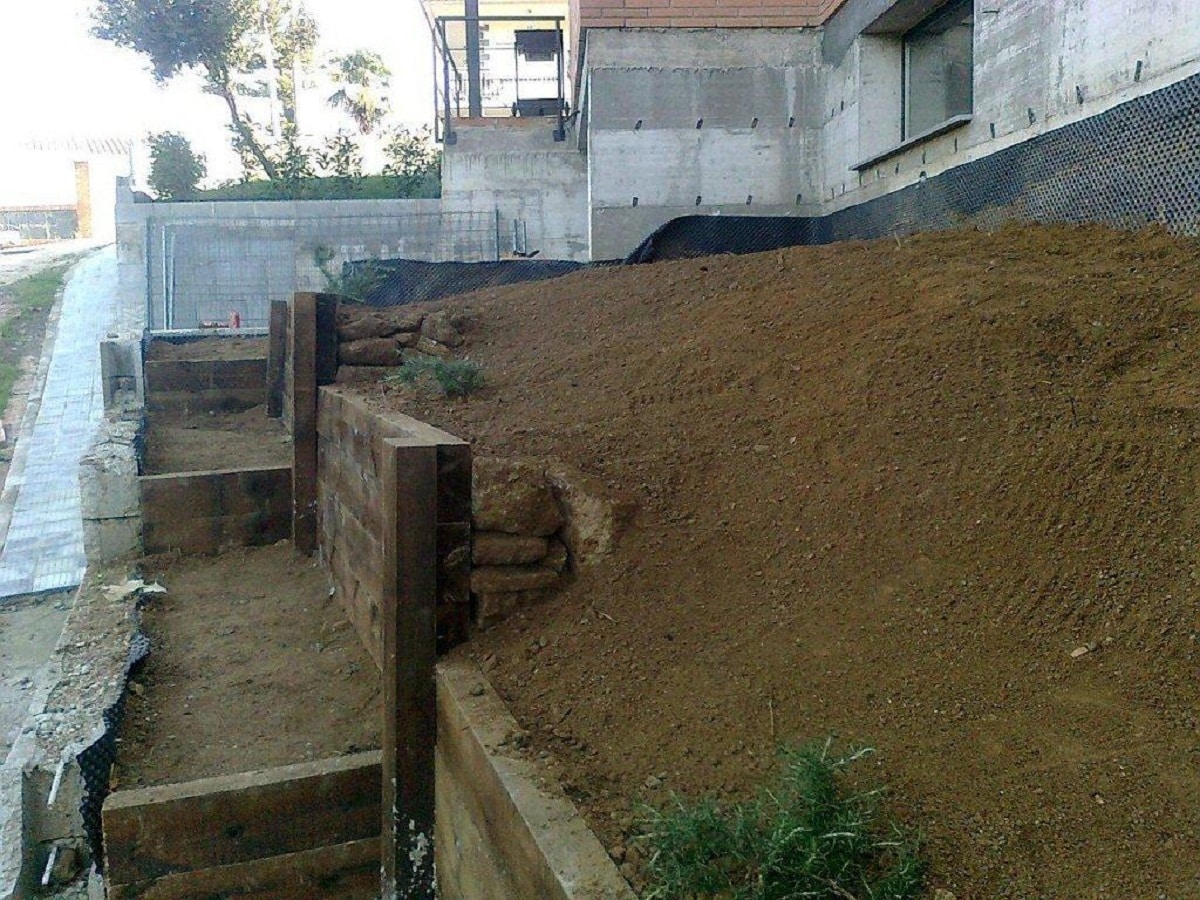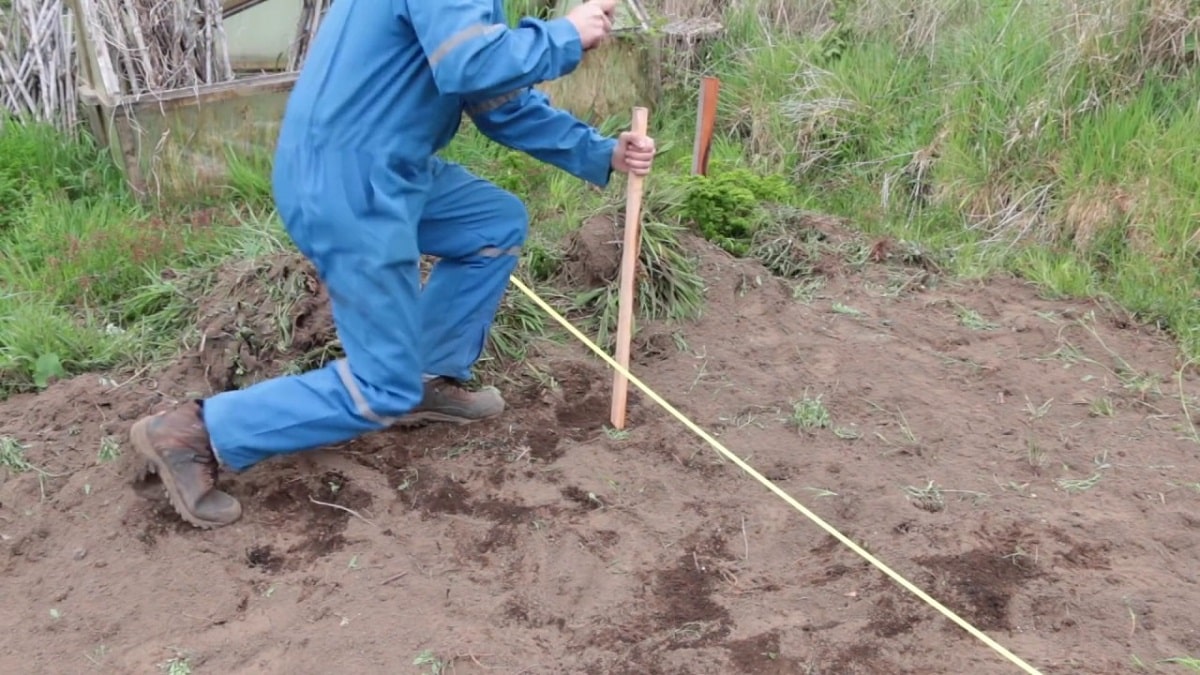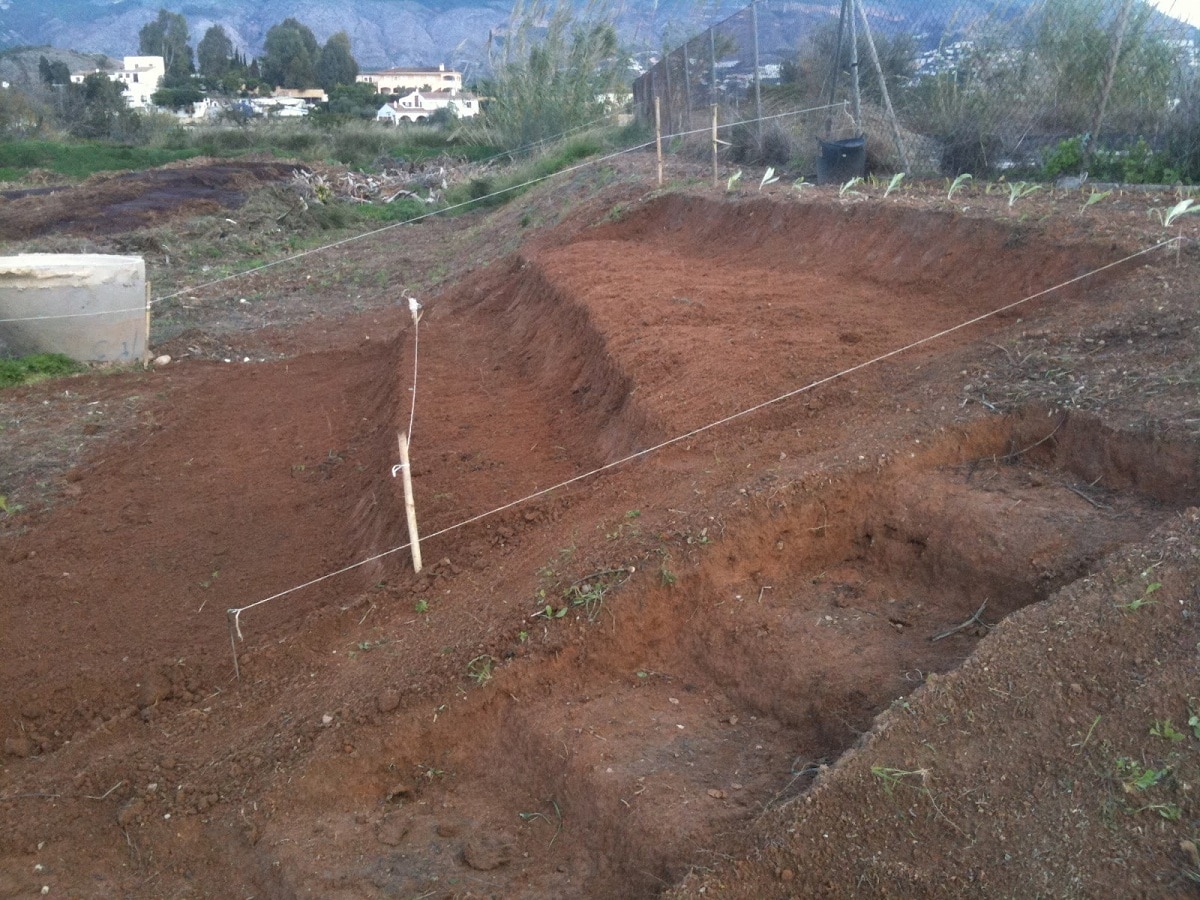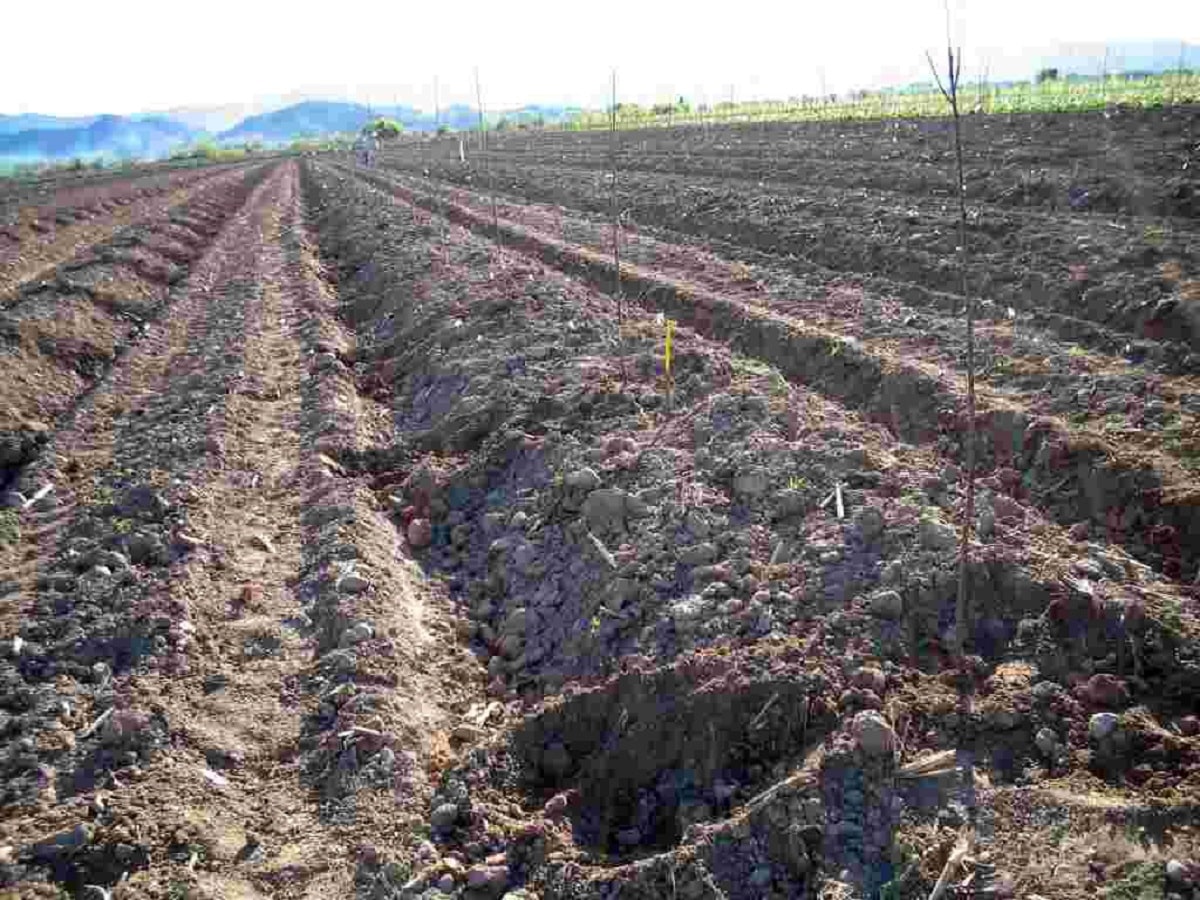
Many times when we want to start cultivating a piece of land, we realize that the ground is uneven and, on some occasions, quite incline. You have to know certain techniques so that the floor can be leveled correctly. many people wonder how to level a floor with a lot of unevenness to be able to sow
Therefore, in this article we are going to give you the best tips and tricks to learn how to level a floor with a lot of unevenness.
Level a floor with a lot of unevenness

The job of leveling the field is to remove the micro-relief, allowing for even irrigation across the entire surface. A constant, non-erosive slope must be achieved while allowing the water to flow through the furrow.
Land leveling is essential for gravity irrigation systems (by furrow or bank) if compared with the establishment of pressurized (sprinkler) or localized high-frequency irrigation (micro-sprinkler, fog, infiltration, drip) where it is done essentially to facilitate agriculture or to reduce water and wind erosion.
To calculate the flatness of the terrain, the center of gravity method can be used, since it is the most suitable according to the ground situation, such as relatively flat but undulating ground, and the situation where the slope direction is not clear.
Surfaces that require gravity irrigation are in desperate need of leveling. To do this, select areas with less steep slopes, that is, areas where the horizontal curves have greater distances. Later the stakes are placed at a distance of about 25 meters from each other, thus determining the height of the terrain. Their average is then used to calculate the centroid.
Heights are calculated from the centroid by subtracting or adding height differences based on slope, including NS and EW directions. The difference is the average of the ground elevations obtained by least squares linear regression between order numbers and items. To get the height difference, subtract project elevation from site elevation. Positive values represent cuts (open spaces) in the terrain, negative values represent the fill itself (embankments).
Necessary calculations

Obtaining the cut/fill ratio means adding up all previously calculated cuts and fills to arrive at a cut/fill ratio close to 1,20. Otherwise, the position of the centroid should be modified to achieve a value closer to the optimal value. The movement of earth necessary to level the area corresponds to the average movement obtained by multiplying the area of influence of the pile or attached surface by the sum of the cuts.
The leveling or leveling of the land, consists mainly of eliminating the "high places" or "low places" existing on a certain farm by using a scraper, so that the irrigation water can be applied perfectly and regularly on its entire surface, otherwise the rainwater will drain properly and will not cause unwanted erosion processes.
Although the flatness of irrigated land tends to decrease, they are still, in some cases, necessary to eliminate surface puddle problems, that is, to correct superficial drainage deficiencies. This type of treatment is necessary even when pressurized irrigation is used, since the accumulation of surface water can introduce fungal or cryptogamous diseases in certain fruit varieties and herbaceous crops that are especially sensitive to these problems.
As with all crops that use traditional gravity irrigation systems, such as furrows, platforms (tables) or laying, need to move across the land surface to improve irrigation efficiency. This is especially evident in rice cultivation, where the improvement in results due to better control of the water level or depth in the plots is very significant.
Steps for how to level a terrain with a lot of unevenness

To level the ground we do not have to equip ourselves with any type of technology or special machinery, it is enough to intuit some key concepts. Other than that, please be patient as we are not professionals. This will definitely take us longer than if it were done by a professional. But we will see that it is a fairly simple task and we will end up tired, but satisfied to do it ourselves. To level the ground, all you need are some very basic tools such as a level, hoe, shovel, rake, and a few more.
Let's see what are the steps to learn how to level a terrain with a lot of unevenness:
- Determine the perimeter of the desired area. The first thing we will do is identify the area that we need to level and mark the boundaries that delimit said area. You can do this with some stakes or some iron rods and a rope.
- With the help of a hoe, or a pick if the ground is harder, We will excavate the interior of the area to gradually gain depth. Then we will use the shovel to empty the dirt from the ground.
- Compact and rake the soil. Next, with the same hoe, we can break or remove some remaining clods. Hoes also help us to balance and compact the ground by moving the earth from the highest to the lowest. Next, we will rake the ground, removing any stones that may remain. With the upper part of the rake (teeth facing up) always facing us, we will be able to better level the entire surface.
- Check level. Using something as simple as a spirit level, we will check that our surface is level. Once we have managed to level the ground, it is time to finish the job.
- Finish use function. Depending on the use that we are going to give it, there are different ways to level the area. Maybe we just want it to be a flower bed or plant pots, and we don't need to do anything else. But it is also possible that we have leveled the area for the installation of a gazebo in the garden. In this case, the formwork can be made and filled with self-leveling mortar. Here you have to smooth the floor with a layer of concrete and a layer of cement on top.
I hope that with this information you can learn more about how to level a floor with a lot of unevenness.